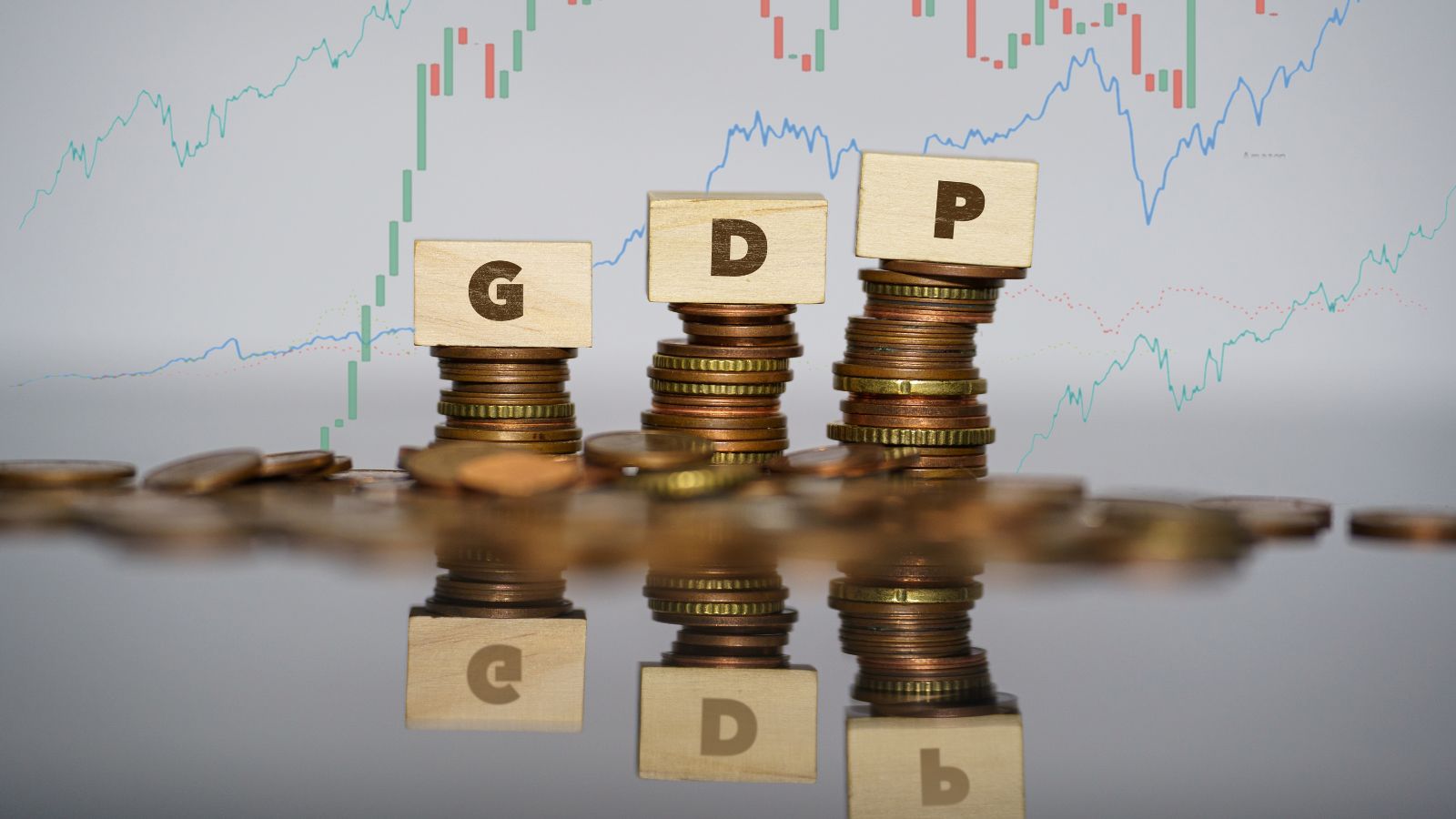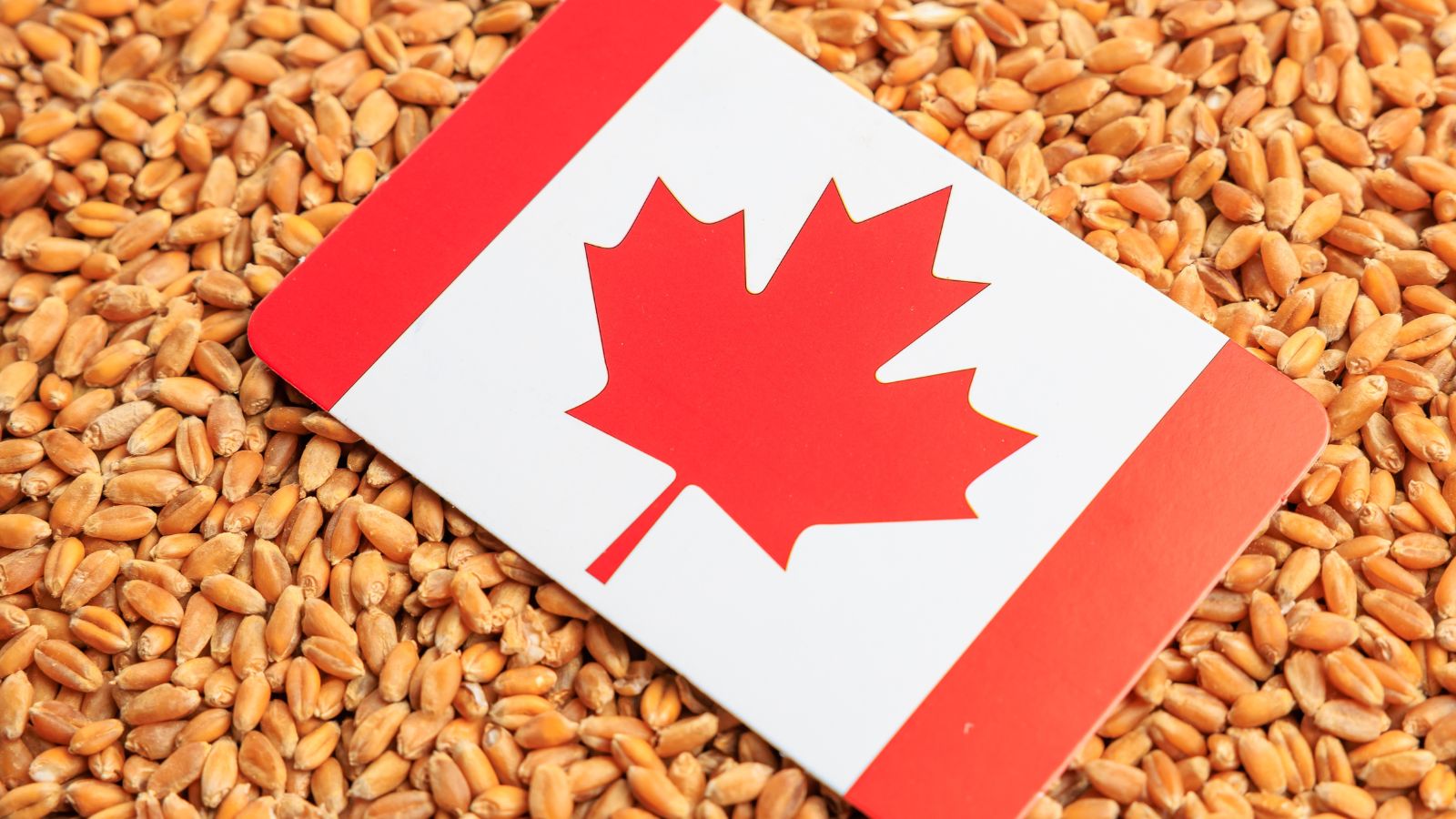Canada’s economy often gets overshadowed by its southern neighbor or dismissed as overly reliant on commodities. But peel back the surface, and you’ll find a resilient, diversified, and globally respected economic framework. From robust job creation and trade surpluses to cutting-edge innovation and a stable banking system, Canada is quietly outperforming expectations. Here are 18 signs that make it clear that Canada’s economic engine is far more powerful than it appears.
Unemployment at Multi-Decade Lows

Canada’s national unemployment rate has remained consistently low, hovering around 5.5% in early 2025, even with global economic volatility. This figure reflects strong job creation across various sectors, including healthcare, tech, and construction. The country also maintains a high labor force participation rate, particularly among women and immigrants, both of whom have experienced rising employment rates. Major provinces, such as British Columbia and Quebec, report unemployment rates even lower than the national average. While global job markets continue to fluctuate, Canada’s stable employment figures signal a healthy economy that can absorb shocks while steadily expanding opportunities for its population.
Strong GDP Growth Despite Global Headwinds

Canada has consistently posted respectable GDP growth, even amid a turbulent global economy. In 2024, Canada recorded a real GDP growth of 1.9%, outpacing most G7 nations, except the United States. Much of this growth was driven by strong consumer spending, solid housing starts, and increased investment in green infrastructure. The growth trajectory has remained upward even as energy prices fluctuate and international markets slow. Unlike many advanced economies that have stagnated or slipped into recession, Canada has maintained its footing, suggesting an underlying resilience.
Rising Tech Sector Investment

Canada’s tech industry continues to attract significant domestic and international investment. Cities like Toronto, Vancouver, Montreal, and Waterloo are now recognized as global tech hubs. In 2023 alone, Canadian startups raised over CA$14 billion in venture capital, with AI, fintech, and healthtech leading the pack. The federal government’s targeted immigration programs for STEM talent and generous research and development (R&D) tax incentives have made Canada an appealing destination for innovators. Additionally, major global firms, including Google, Amazon, and Meta, continue to expand their operations in Canada. This investment not only boosts GDP but also helps diversify the economy beyond traditional sectors, such as energy and manufacturing.
Trade Surpluses in Key Sectors

Canada continues to maintain trade surpluses in key areas, including energy, agriculture, and forestry. In 2024, the country recorded a CA$6.7 billion trade surplus, with crude oil, wheat, and lumber as key exports. Canada’s free trade agreements with over 50 countries—including CETA (with the EU) and CPTPP (with Pacific nations)- have enhanced access to global markets. Moreover, growing exports of clean energy technologies and value-added agricultural products demonstrate the country’s ability to innovate within traditional sectors. These surpluses help balance the current account and reduce reliance on foreign borrowing, all while reinforcing Canada’s role as a reliable global supplier.
Resilient Housing Market and Construction Activity

Despite fears of a housing bubble, Canada’s real estate sector has remained remarkably stable. While some urban centers experienced price corrections, overall residential construction activity remains high. New home starts topped 230,000 units in 2024, driven by immigration-fueled demand and federal incentives for affordable housing. The construction sector also makes a significant contribution to GDP and employment, particularly in provinces such as Ontario and Alberta. Infrastructure spending on transit, schools, and healthcare facilities further boosts this segment. And, unlike countries that saw dramatic housing market collapses, Canada’s market has shown both elasticity and the ability to moderate inflation without collapsing entirely.
Record Immigration Driving Economic Growth

Canada’s immigration policy is a cornerstone of its economic strategy. In 2024, the country welcomed over 500,000 permanent residents, the highest number in modern history. These newcomers contribute directly to labor markets, entrepreneurship, and housing demand. Skilled immigrants help address labor shortages in healthcare, IT, and construction. Additionally, international students and temporary workers play a key role in regional economies. The federal government’s focus on economic-class immigrants ensures that arrivals meet current labor needs. Additionally, as other nations tighten their borders, Canada’s welcoming stance not only boosts its demographic vitality but also enhances long-term productivity and tax base sustainability.
Bank of Canada’s Credible Monetary Policy

The Bank of Canada has maintained a strong reputation for managing inflation and interest rates with credibility and integrity. In the post-pandemic era, while many central banks struggled with policy missteps, Canada’s central bank managed a relatively smooth transition from ultra-low interest rates to more normalized levels. Inflation, which peaked at 6.9% in 2022, has since been brought down to just over 2.5% in 2025. This was achieved without triggering a severe recession, primarily due to the implementation of measured interest rate hikes and clear communication. This type of monetary discipline helps maintain investor confidence and keeps inflation expectations well-anchored.
Fiscal Prudence with Progressive Spending

Canada’s federal debt-to-GDP ratio remains one of the lowest among G7 countries, currently standing at around 41% as of 2025. Despite pandemic-era stimulus programs, Canada returned to a path of fiscal sustainability by responsibly tapering spending while maintaining targeted investments in key areas, such as green infrastructure, childcare, and healthcare. The federal government’s ability to balance social priorities with budgetary discipline has earned it praise from global credit agencies, which continue to rate Canada’s debt as AAA. This combination of fiscal prudence and progressive policy supports both macroeconomic stability and inclusive growth across provinces and territories.
Energy Sector Transformation and Stability

Canada’s energy sector remains a key economic pillar, but it is also undergoing a significant transition. While oil and gas exports continue to generate substantial revenue—nearly CA$150 billion in 2024, there is a marked shift toward renewable energy. Investments in wind, solar, and hydrogen have increased by 40% over the past three years. Alberta, traditionally dependent on fossil fuels, is now one of the country’s leaders in clean energy jobs. Federal and provincial incentives have further accelerated this transition. This evolution not only secures the sector’s relevance in a low-carbon future but also positions Canada as a global leader in clean energy innovation.
High Educational Attainment and Workforce Skills

Canada ranks among the highest in the OECD for tertiary education attainment, with over 60% of adults aged 25–64 holding post-secondary degrees or credentials. This educated workforce is a significant economic advantage, particularly in knowledge-intensive industries such as technology, healthcare, and finance. Universities and colleges are closely linked with industry, fostering talent pipelines through co-op programs and research partnerships. Additionally, Canada’s emphasis on upskilling and continuous learning has helped workers transition during economic shifts, such as those prompted by automation or energy transitions. This educational strength supports innovation, making the country more attractive to high-value industries and foreign investors.
Strength of the Canadian Dollar

While the Canadian dollar has historically fluctuated with oil prices, it has remained relatively stable in recent years, trading consistently in the 72–78 cent USD range. This relative strength reflects confidence in Canada’s fiscal and economic fundamentals. A stable currency encourages foreign investment, supports predictable import/export pricing, and helps shield consumers from inflation in imported goods. Furthermore, Canada’s diversification away from a purely resource-based economy has helped reduce exchange rate volatility. A dependable dollar adds an essential layer of stability to the country’s macroeconomic environment, especially compared to emerging markets and even some developed nations.
Dominance in Agricultural Exports

Canada remains one of the world’s leading exporters of agricultural commodities, including wheat, canola, pulses, and beef. In 2024, agricultural exports topped CA$82 billion. The country’s vast arable land, clean water, and advanced farming technologies enable it to meet rising global food demand. Export markets in Asia, Europe, and North Africa have also expanded thanks to trade agreements and logistics improvements. Additionally, Canada’s investment in sustainable farming practices enhances long-term viability. And, with food security becoming a top geopolitical concern, Canada’s agricultural dominance not only contributes to trade surpluses but also strengthens its global economic and diplomatic standing.
Global Leadership in Mining and Minerals

The country plays a crucial role in the global mining supply chain, particularly for critical minerals such as lithium, cobalt, and nickel. These resources are essential for electric vehicle batteries and renewable energy systems. In 2024, mining contributed over CA$130 billion to GDP, with significant investments flowing into the Ring of Fire region in Ontario and expansion projects in Quebec and British Columbia. Additionally, the federal government’s Critical Minerals Strategy, launched in 2022, has attracted partnerships with key allies, including the U.S., the EU, and Japan. This sector’s strength not only supports domestic industry but also enhances Canada’s strategic leverage in global clean energy transitions.
Low Corporate Tax Rates Relative to Peers

Canada offers one of the most competitive corporate tax environments among developed countries, with a combined federal and provincial tax rate averaging 26.2%. This is significantly lower than the U.S. average of around 27.5% and the OECD average of 29.4%. This favorable tax environment helps attract foreign direct investment and encourages domestic businesses to reinvest profits. In particular, the Scientific Research and Experimental Development (SR&ED) tax credit provides further incentives for innovation. Combined with political stability and rule of law, Canada’s tax regime supports entrepreneurship and industrial growth, particularly in high-tech and manufacturing sectors.
Expanding Green Infrastructure Initiatives

Canada has made substantial investments in green infrastructure, encompassing public transit, energy-efficient buildings, and EV charging networks. In 2024, the federal government earmarked CA$21 billion toward clean transportation projects and retrofits for public housing. These investments create jobs, reduce greenhouse gas emissions, and stimulate economic growth. Provinces such as Quebec and British Columbia have led the charge, offering incentives for electric vehicles and implementing zero-emission building codes. Canada’s emphasis on sustainable infrastructure not only helps combat climate change but also creates long-term economic multipliers by increasing efficiency and reducing energy costs across sectors.
Growth in Manufacturing and Export Diversification

The manufacturing sector in Canada is experiencing a resurgence, particularly in high-value industries like aerospace, biotechnology, and electric vehicles. In 2024, manufacturing output increased by 3.2%, outpacing inflation and expanding its share of the national GDP. Export diversification is also notable: while the U.S. remains Canada’s top trade partner, exports to the EU, Japan, and Southeast Asia have risen substantially. Plus, new production facilities in Ontario and Quebec for EVs and semiconductors highlight the country’s pivot toward advanced manufacturing. This strategic shift ensures long-term economic resilience by reducing dependency on resource cycles and traditional markets.
Stable and Trusted Financial Institutions

The Canadian banking system is frequently ranked among the safest in the world. The country’s top five banks are well-capitalized, tightly regulated, and consistently profitable. Unlike many international counterparts, Canadian banks did not require bailouts during the 2008 financial crisis or the COVID-19 pandemic. This stability fosters trust among both investors and depositors. Regulatory bodies, such as the OSFI (Office of the Superintendent of Financial Institutions), ensure high compliance standards and effective risk management practices. The strength of Canada’s financial system underpins the broader economy, ensuring that capital continues to flow efficiently to businesses and consumers during both periods of growth and downturn.
Rising Productivity in Key Sectors

Productivity, a key driver of long-term economic health, has been improving in Canada’s high-growth sectors. While national productivity levels have traditionally lagged behind those of the U.S., sectors such as software, finance, and clean technology have seen marked gains. Firms have adopted automation, cloud computing, and data analytics at a faster pace, particularly since the pandemic. Government policies aimed at digitization and Industry 4.0 have begun to bear fruit, increasing output per worker. This momentum suggests that Canada is on a path toward higher efficiency, which enhances competitiveness, wages, and overall economic performance without relying excessively on resource extraction or population growth.
21 Products Canadians Should Stockpile Before Tariffs Hit

If trade tensions escalate between Canada and the U.S., everyday essentials can suddenly disappear or skyrocket in price. Products like pantry basics and tech must-haves that depend on are deeply tied to cross-border supply chains and are likely to face various kinds of disruptions
21 Products Canadians Should Stockpile Before Tariffs Hit
